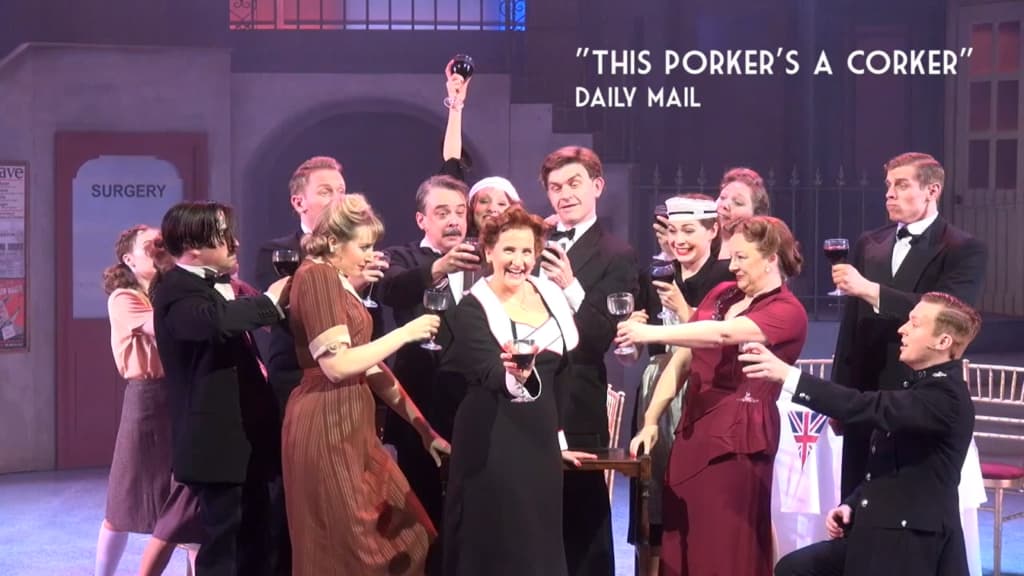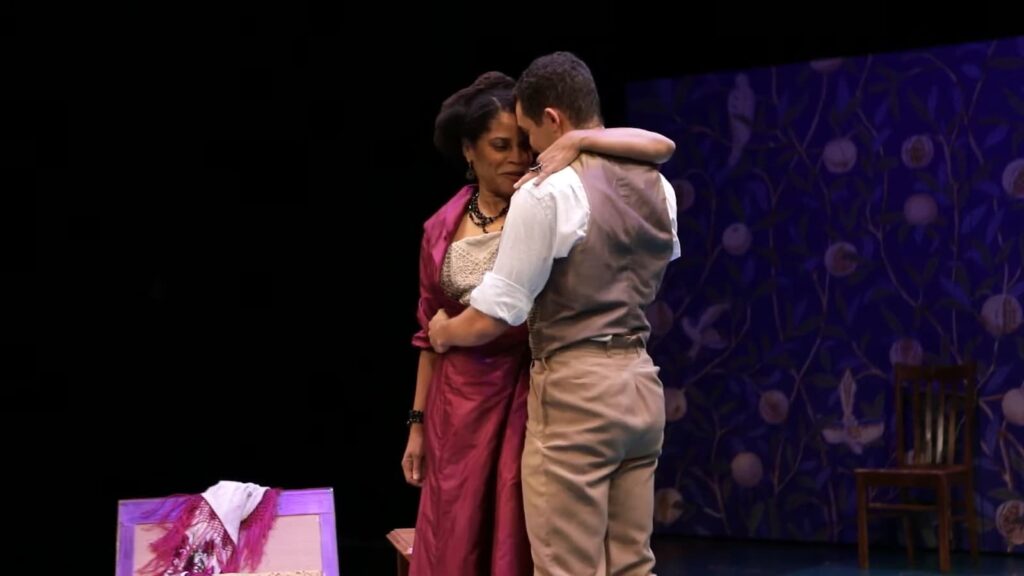
Shaw’s Classic at Richmond Theatre: A Modern Take
“Mrs Warren’s Profession” by George Bernard Shaw, a classic piece that speaks volumes about society at the turn of the 20th century, recently graced the Richmond Theatre. However, directorial choices and contemporary applications have raised some eyebrows. The decision to set the play in the 1920s, coupled with some eccentric designs, has not been to everyone’s liking. Nonetheless, the standout feature of the play remains the casting, especially with the real-life mother-daughter duo, Caroline Quentin and Rose Quentin, taking center stage.
The Dissonance of Shaw’s Play in a New Setting
| Event Details | |
|---|---|
| Play Title | Mrs Warren’s Profession |
| Playwright | George Bernard Shaw |
| Venue | Richmond Theatre |
| Address | Little Green, Richmond |
| Date | November 26, 2022 |
| Performer | William Russell |
Directors sometimes take creative liberties that don’t necessarily pay off. Setting Shaw’s play in the 1920s, despite it being written in 1902 and intended to reflect that period’s societal norms, seems a questionable choice. The over-the-top acting struggles against arguably some of the most ill-conceived set designs in recent memory. The first act presents Mrs. Warren’s residence as a dollhouse placed atop an artificial grass hill adorned with faux flowers. The second act’s local church is diminished to such a scale that actors must crouch significantly to pass through its lych gate. Overlooking the set designs, Caroline Quentin’s portrayal of Mrs. Warren feels off-mark, with her accent leaning heavily cockney, resulting in an overly vulgar interpretation. Although society doesn’t regard Mrs. Warren as a lady – made clear by her exclusion from the vicar’s wife’s company – she’s a savvy businesswoman overseeing a network of brothels. Her background might have begun humbly, but she would have refined herself as she ascended the business ranks, even if not socially. While the production appears to aim for contemporary resonance, possibly aligning with current socio-political climates, it seems to miss Shaw’s original intent. His work was groundbreaking in its time, but this adaptation fails to connect it meaningfully with today’s context where women have more agency and choices beyond mere societal expectations of marriage and motherhood.

The play, which debuted in Bath before touring, offers a unique opportunity to witness a Shaw play, a rarity nowadays. A significant draw is the casting of Mrs. Warren and her independent-minded daughter, Vivie. Portrayed by Caroline Quentin and her real-life daughter Rose, the duo delivers a compelling performance. Setting aside her accent, Caroline Quentin brilliantly embodies Mrs. Warren, while Rose Quentin brings a lively spirit to Vivie. Despite being raised away from her entrepreneurial mother, Vivie undeniably inherits her mother’s business acumen and determination for an independent career. She epitomizes Shaw’s depiction of the emerging “new woman” of his time. However, while the play provides a worthwhile experience for Shaw enthusiasts, the overall production falls a bit short of expectations.
Cast & Crew
- Mrs Kitty Warren: Caroline Quentin;
- Sir George Crofts: Simon Shepherd;
- Reverend Sam Gardner: Matthew Cottle;
- Praed: Stpehn Rahman-Hughes;
- Vivie Warren: Rose Quentin;
- Hugh Gardner: Peter Losasso;
- Director: Anthony Banks;
- Designer: David Woodhead;
- Lighting Designer: Lizzie Powell;
- Composers & Sound Engineers: Ben & Max Ringham;
- Voice Coach: Charmian Hoare;
- Production Photography: Pamela Raith.
Conclusion
While George Bernard Shaw’s “Mrs Warren’s Profession” is a pivotal play, shedding light on societal structures of its time, the recent adaptation at Richmond Theatre might have missed a few beats in its modern rendition. Despite the intriguing decision to cast the Quentins as the leading ladies and some commendable performances, the altered setting and visual elements detracted from Shaw’s core message. Those interested in a unique interpretation of a classic might find it engaging, but purists might yearn for a rendition closer to Shaw’s original vision. You might be interested in a review of ‘Single Spies’ by Alan Bennett.